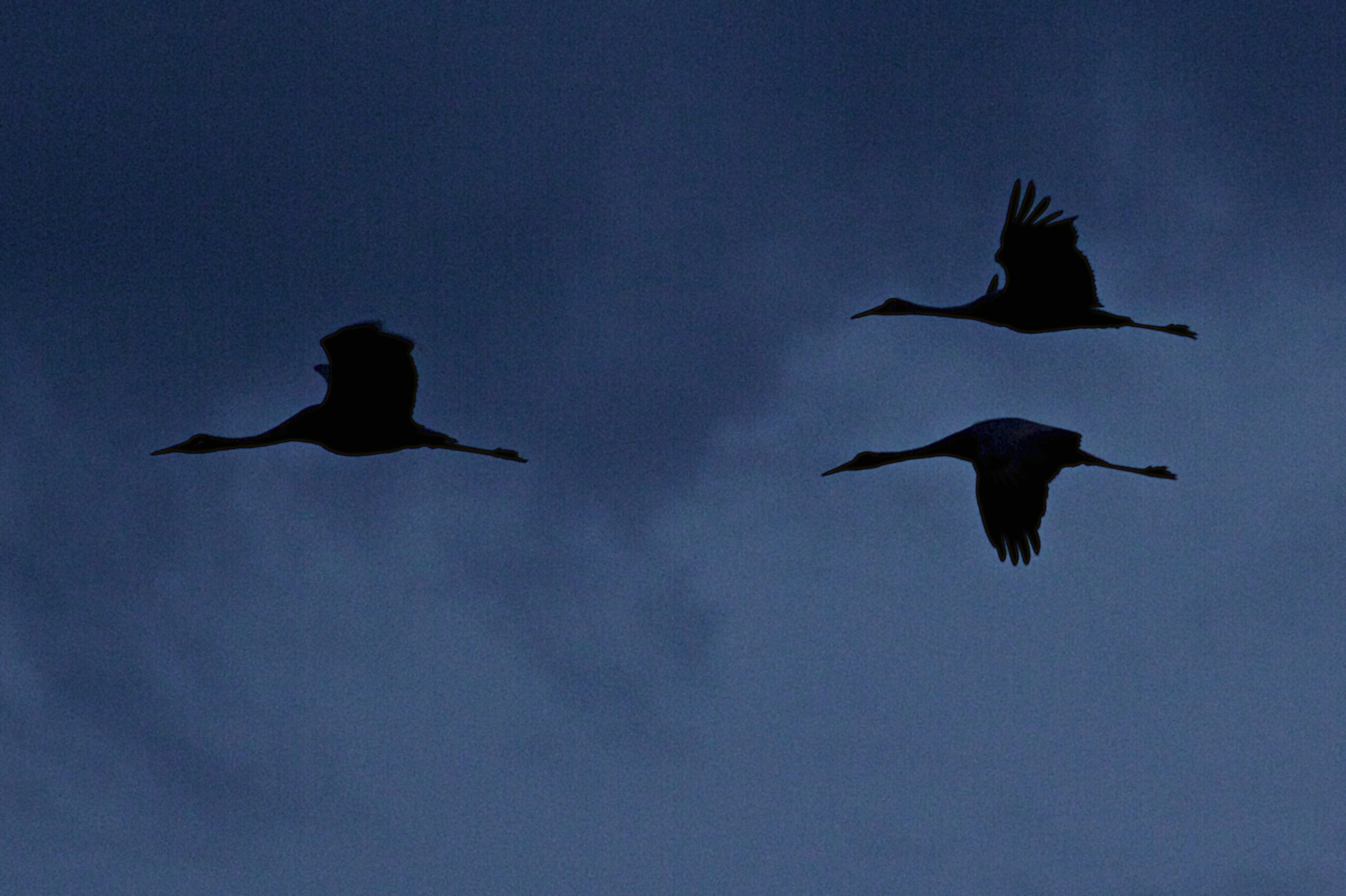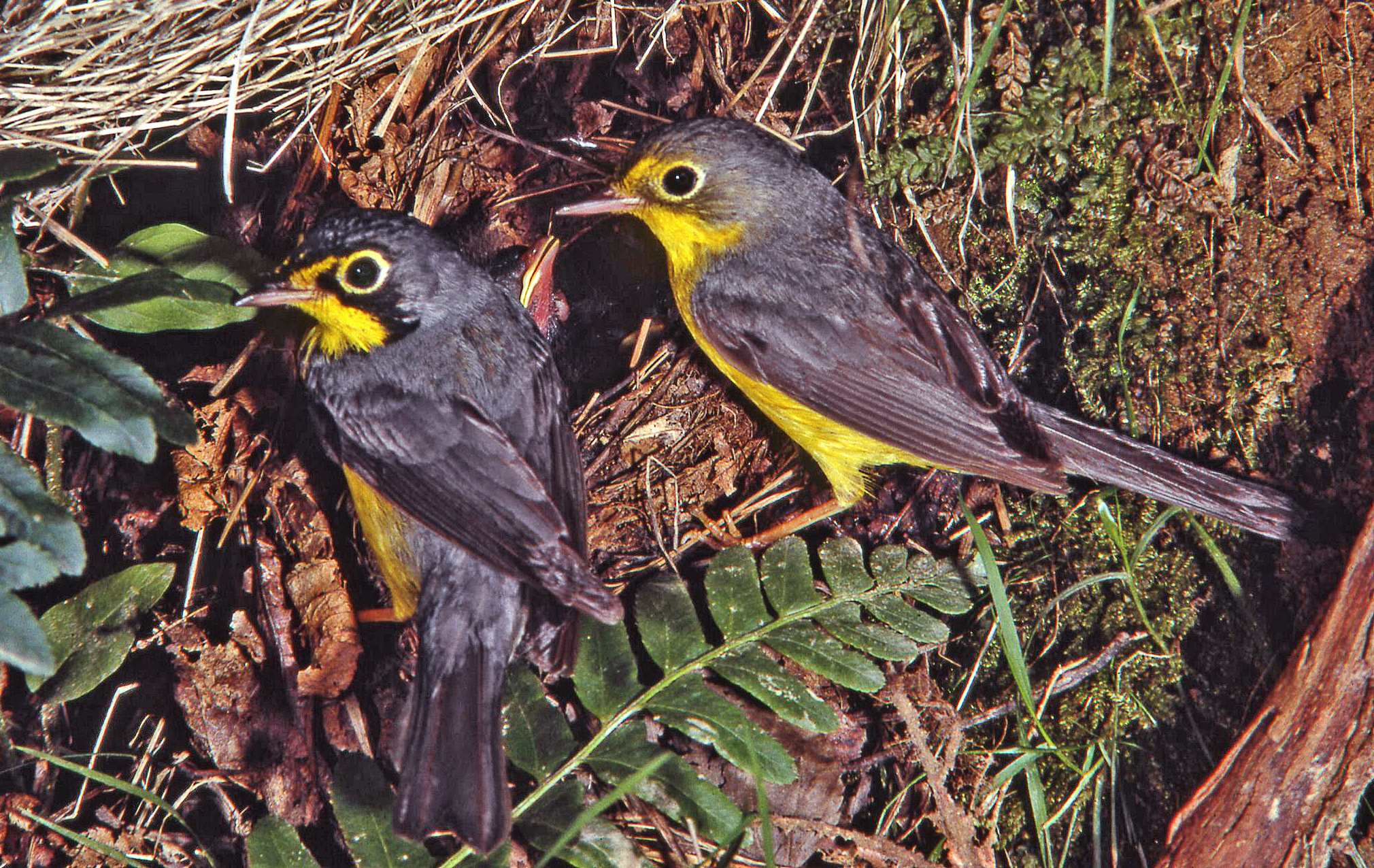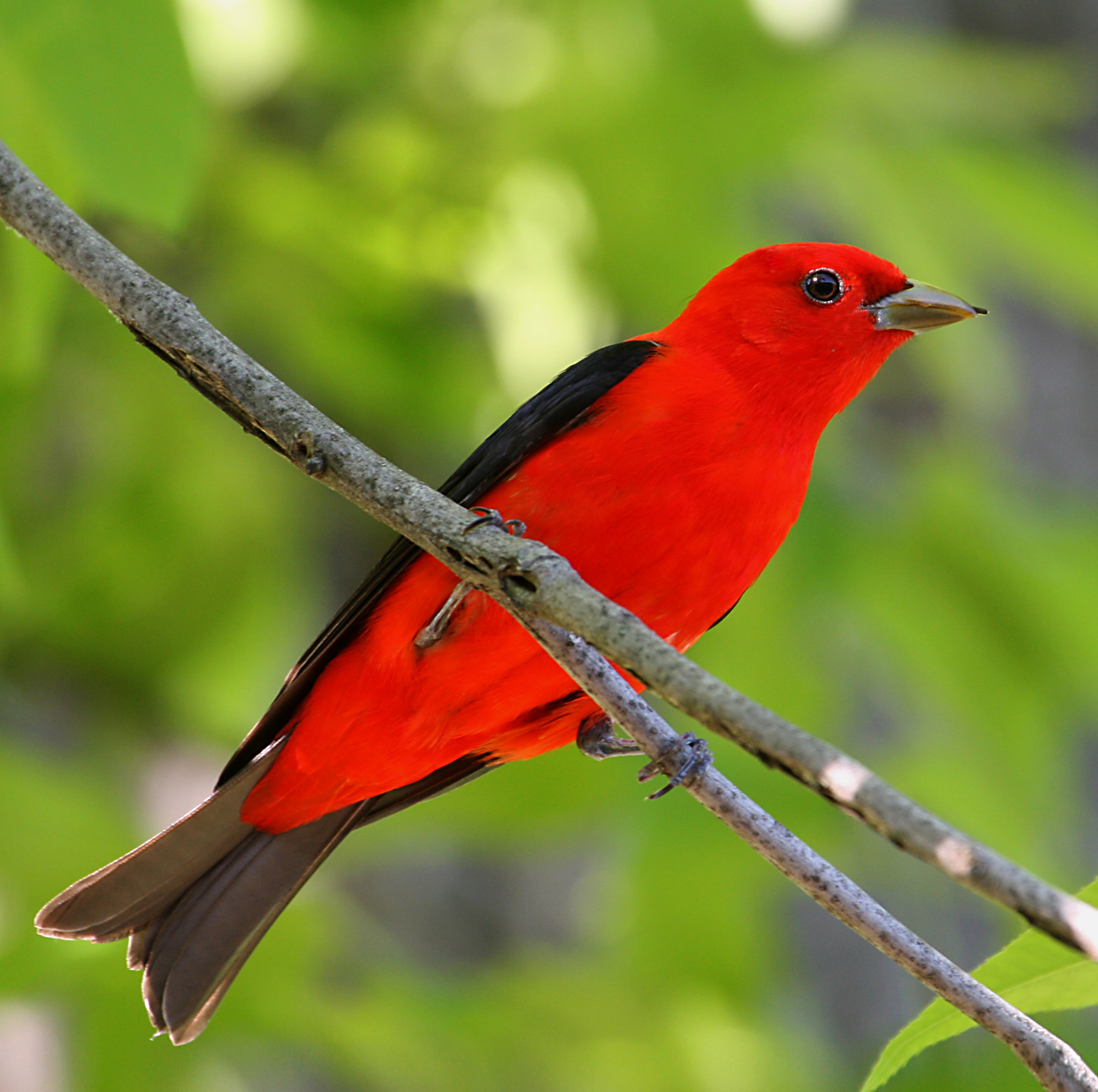SCOTT FELKER
Naturalist at Three Creeks Metro Park

It’s almost May in Central Ohio. Perhaps you’re reading this at night and maybe, well more than maybe, hundreds of thousands or millions of birds are making their way northward – right now – northward through the night sky on their spring migration.
Most birds migrate at night. We’re still learning how they find their way. Migration involves magnetic sensing, using the sun and stars, mapping the landscape or learning their way. Birds migrate to find food for themselves or their young during nesting season in late spring and summer. Some will spend summer in Ohio and others will continue onward.
During the day, they stop to feed and rest. And wouldn’t you know it, Metro Parks are a great place to observe them! You could visit Pickerington Ponds and watch the muddy edge and very shallow water of wetlands for migrating shorebirds. Some might be big (by shorebird standards) like greater and lesser yellowlegs and some might be small, like semipalmated and least sandpipers. The small sandpipers are sometimes called “peeps” (although they are not made of marshmallow and covered with pastel-colored sugar like the peeps of early spring).

Clear Creek Metro Park is an Ohio Audubon Society Important Bird Area. About 20 species of warblers nest there each summer. The hilly hemlock and fern trails of the hemlock-hardwood forested ravines offer great places to see or hear them. You might get “birder’s neck” from looking up but could be rewarded with a view of a rare cerulean warbler. For easier walking, you can observe plenty of birds along the Creekside Meadows Trail.
Almost any Metro Park can experience a migration “fallout.” It’s thrilling to encounter. After flying through the night, birds land in places called “migrant traps” in early morning. These are usually places with large trees and some shrubs. While there, they feed on insects and rest until moving on at nightfall.

In a small area, you might see dozens of songbirds feeding and singing in the trees and shrubs. One big tree might hold four or five kinds of birds. Imagine seeing colorful songbirds like scarlet tanagers, rose-breasted grosbeaks and Blackburnian warblers from the same spot – it can happen during May migration. The Ridge Trail at Chestnut Ridge and the Greenway Trail near the river at Scioto Audubon are good places to experience this on the right day. Bringing your binoculars on a bike ride along the Alum Creek Trail at Three Creeks with some stops to look and listen is great way to find birds.
Sometimes you go where the birds are and sometimes you wait for them to come to you. My favorite way to watch birds is to find a spot where birds are active, get comfortable and wait for the birds to arrive. So, bring a chair or find a comfortable log to sit on, relax and enjoy the spring bird migration.
